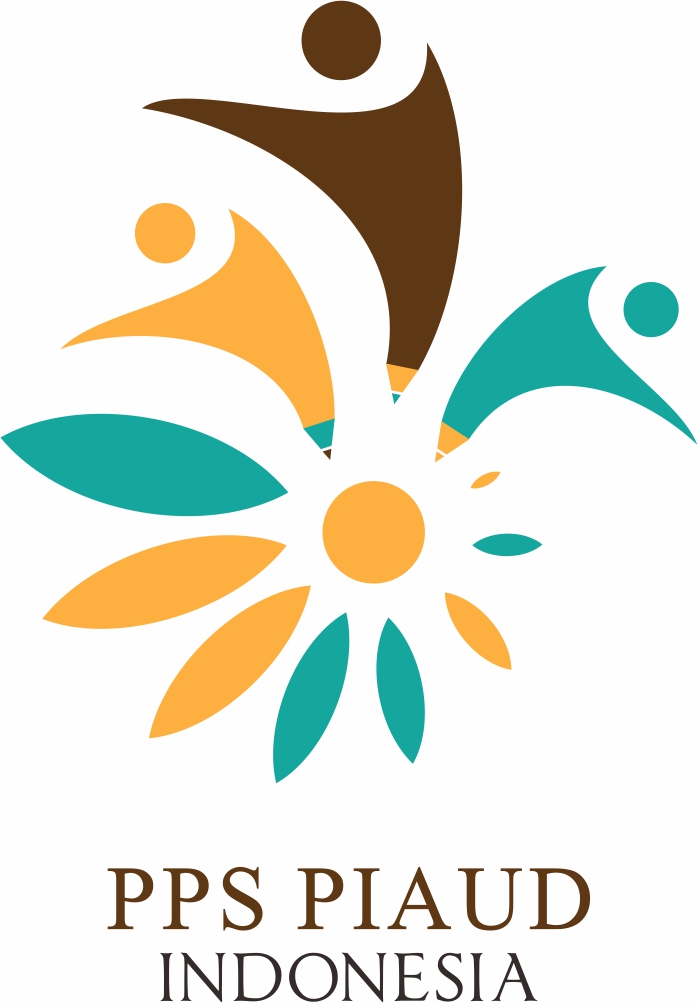KAK AWAM’S STORYTELLING STRATEGY IN DELIVERING MORAL VALUES FOR CHILDREN
Abstract
Keywords
Full Text:
PDFReferences
Afrianingsih, A. (2016). Komunikasi Efektif Sebagai Sarana untuk Meningkatkan Penyerapan Bahasa Lisan Anak Usia Dini. Tarbawi: Jurnal Pendidikan Islam, 13(2).
Aliakbari, M., Alipour, A., & Shirazi, M. D. (2014). The effect of storytelling on moral intelligence components of preschool female students in Isfahan city. Soc Cogn, 3(2), 33–43.
Awalunisah, S. (2019). The Storytelling Method Based on Local Wisdom on Moral Values of 5-6 Years Old Children. 3rd International Conference on Education Innovation (ICEI 2019).
Berkowitz, M. W., & Gibbs, J. C. (1983). Measuring the developmental features of moral discussion. Merrill-Palmer Quarterly (1982-), 399–410.
BROWN, L., Tappan, M. B., Gilligan, C., Miller, B., & Arcyri, D. E. (1994). Reading for Self and Moral Voice: A Method for Interpreting Narratives. Moral Development: Caring Voices and Women’s Moral Frames, 6, 161.
Cahan, E. D. (1994). John Dewey and human development.
Egan, K., & McEwan, H. (1995). Narrative in teaching, learning, and research. Teachers College Press.
Hamilton, R., & Peyton-Jones, J. (2010). Richard Hamilton: modern moral matters. Serpentine Gallery.
Hendri. (2012). Pendidikan Karakter Berbasis Dongeng. PT. Remaja Rosdakarya.
Hermanto, Y. A. L. (2019). Visual Storytelling in Folklore Children Book Illustration. Asian Journal of Research in Education and Social Sciences, 1(1), 62–70.
Hidayati, N. N. (2019). Storytelling: One Package Learning in Improving Language Skill and Implanting Character Education on Children. EDUKASI: Jurnal Pendidikan Islam, 7(2), 53–72.
Huberman, A. M., & Miles, M. B. (1994). Data management and analysis methods.
Hunter, C., & Eder, D. (2010). The role of storytelling in understanding children’s moral/ethic decision-making. Multicultural Perspectives, 12(4), 223–228.
Mahmudova, D. (2020). The Role and Role of Fairy Tales in Child Rearing. International Journal of Progressive Sciences and Technologies, 18(2), 210–212.
Nelson, S. A. (1980). Factors influencing young children’s use of motives and outcomes as moral criteria. Child Development, 823–829.
Nussbaum, J. F., & Bettini, L. M. (1994). Shared stories of the grandparent-grandchild relationship. The International Journal of Aging and Human Development, 39(1), 67–80.
Osman, M. (1999). The Tradition of Storytelling in Malaysia.”. Traditional Storytelling Today: An International Sourcebook, 138–141.
Rahiem, M. D. H., Abdullah, N. S. M., Krauss, S. E., & Rahim, H. (2020). Moral Education through Dramatized Storytelling: Insights and Observations from Indonesia Kindergarten Teachers. International Journal of Learning, Teaching and Educational Research, 19(3), 475–490.
Rahiem, M. D. H., Abdullah, N. S. M., & Rahim, H. (2020). Stories and Storytelling for Moral Education: Kindergarten Teachers’ Best Practices. Journal of Early Childhood Education (JECE), 2(1), 1–20.
Rahman, F. (2017). The revival of local fairy tales for children education. Theory and Practice in Language Studies, 7(5), 336–344.
Sayer, I. M., Kristiawan, M., & Agustina, M. (2018). Fairy Tale as a Medium for Children’s Character Cooperation Building. Al-Ta Lim Journal, 25(2), 108–116.
Schwartz, C. A. (1987). “ Jennie Gerhardt”: Fairy Tale as Social Criticism. American Literary Realism, 1870-1910, 19(2), 16–29.
Shavkatovna, S. A., & Kizi, K. G. A. (2020). The Impact Of Storytelling In The Classroom. The American Journal of Social Science and Education Innovations, 2(08), 341–346.
Talwar, V., Yachison, S., & Leduc, K. (2016). Promoting honesty: The influence of stories on children’s lie‐telling behaviours and moral understanding. Infant and Child Development, 25(6), 484–501.
Tappan, M., & Brown, L. M. (1989). Stories told and lessons learned: Toward a narrative approach to moral development and moral education. Harvard Educational Review, 59(2), 182–206.
Thambu, N. (2017). Storytelling and Story Reading: A Catalyst for Inculcate Moral Values and Ethics among Preschoolers. International Journal of Academic Research in Business and Social Sciences, 7(6), 1116–1130. https://doi.org/10.6007/ijarbss/v7-i6/3143
Tursunmurotovich, S. S., Eraliyevich, S. X., & Shuhratovich, I. U. (2020). Illustration and the Influence of Illustrator on Children’s Understanding of Fairy Tales and Works of Art in Books. International Journal of Psychosocial Rehabilitation, 24(05), 3526–3533.
Winston, P. H. (2014). The genesis story understanding and story telling system a 21st century step toward artificial intelligence. Center for Brains, Minds and Machines (CBMM).
Witherell, C., & Noddings, N. (1991). Stories lives tell: Narrative and dialogue in education.
Wong, B. Y. L., Kuperis, S., Jamieson, D., Keller, L., & Cull-Hewitt, R. (2002). Effects of guided journal writing on students’ story understanding. The Journal of Educational Research, 95(3), 179–191.
DOI: https://doi.org/10.15408/jece.v2i2.17530
Refbacks
- There are currently no refbacks.
Indexed by:
© Copyright CC-BY-SA JECE, p-ISSN: 2686-2492 e-ISSN: 2715-8918 |







